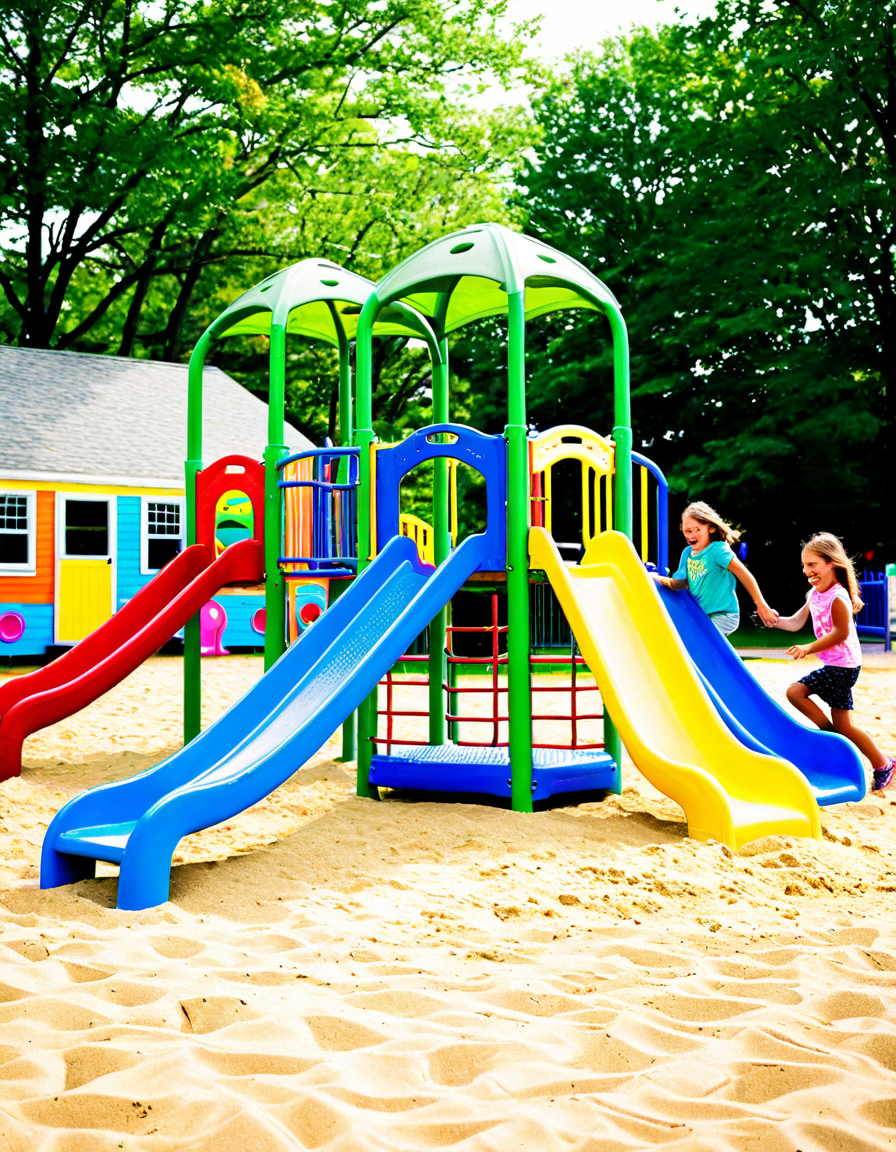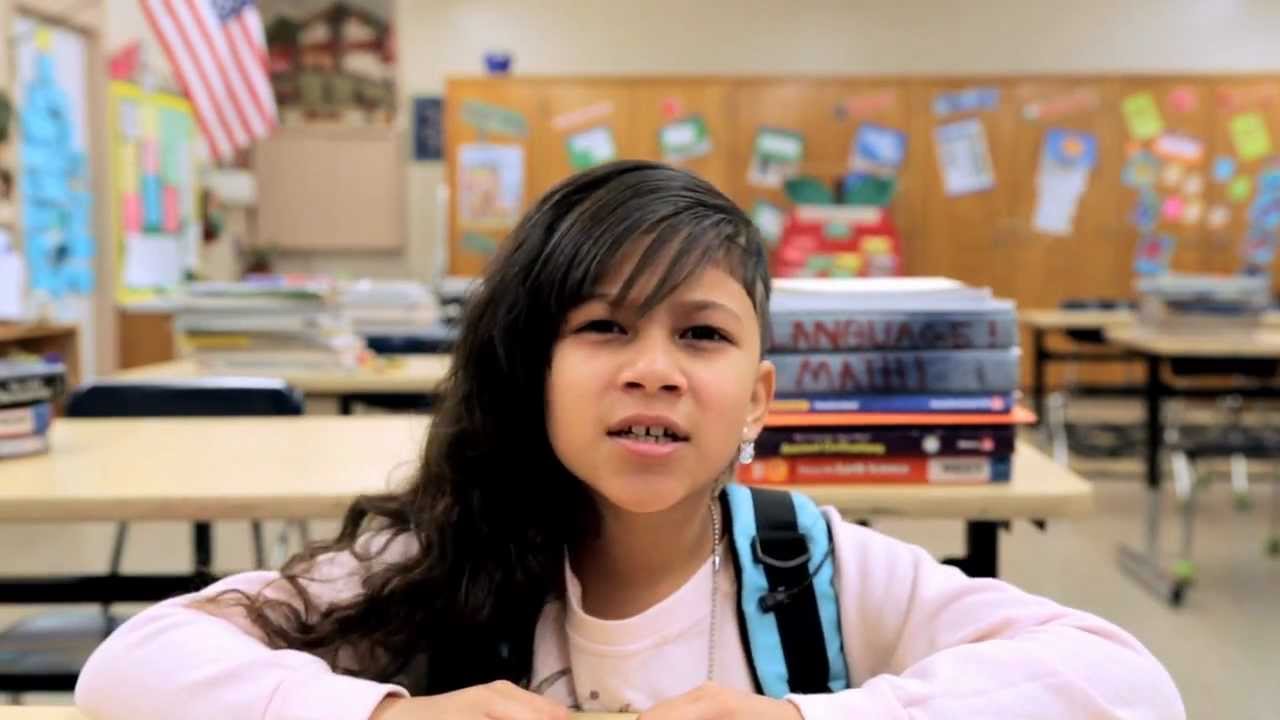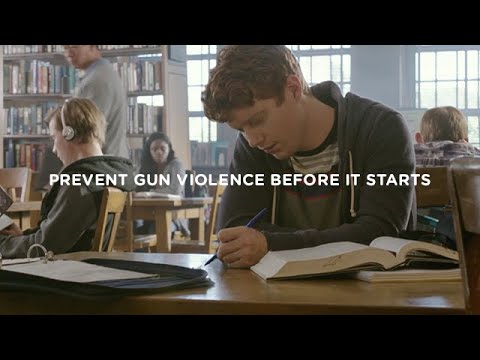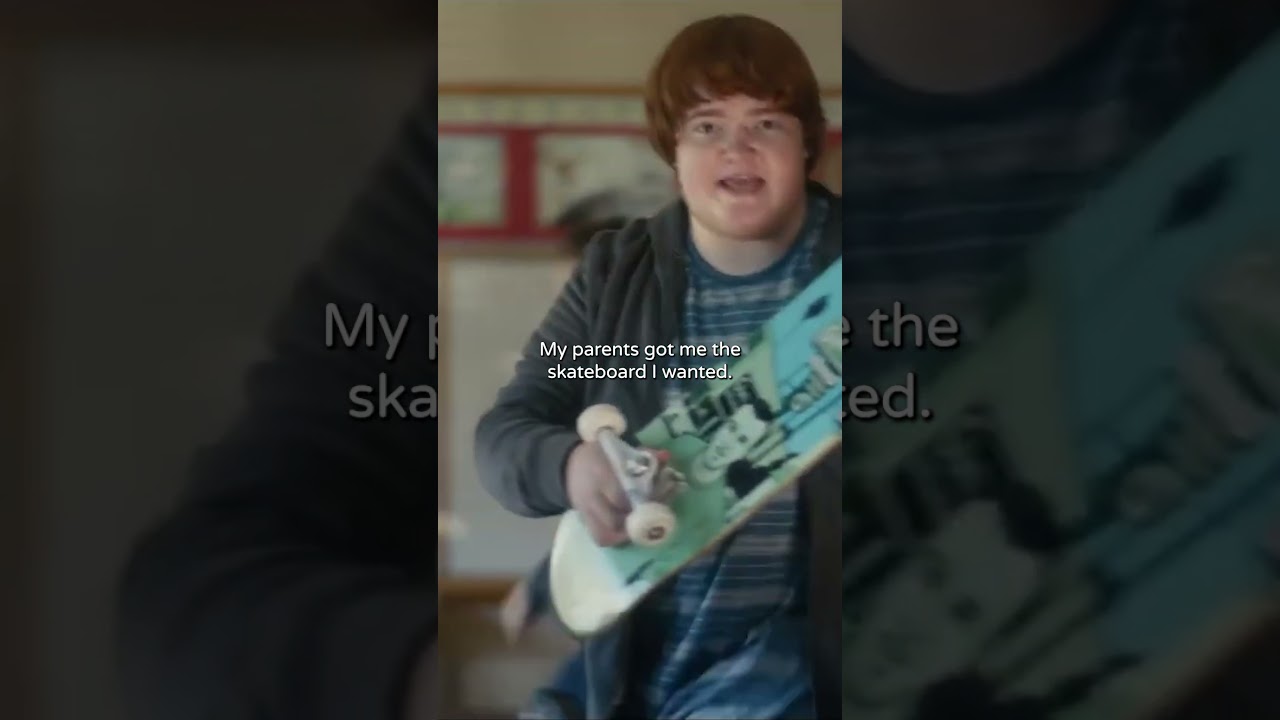1. Understanding the Sandy Hook Incident and its Immediate Impact
The Sandy Hook Elementary School shooting on December 14, 2012, is a date burned into America’s memory. That fateful day, 20 young children and six adult staff members lost their lives in a horrific act of violence that forever altered the landscape of U.S. gun laws. The tragic events at Sandy Hook not only ignited a firestorm of national grief but also marked the beginning of an urgent, nationwide discussion on gun violence and safety within schools. In the aftermath, public sentiment turned strongly towards advocating for stricter gun control measures, making Sandy Hook a turning point in American history.
The gut-wrenching response to Sandy Hook was swift and deeply emotional. Vigils sprang up across the country, with communities coming together to mourn and reflect. Public figures like President Barack Obama spoke out passionately, urging legislative bodies to take decisive action against gun violence. The call for change resonated deeply, mobilizing grassroots organizations such as Everytown for Gun Safety and the March for Our Lives movement, which sought to transform public policy related to firearms.
As the echoes of Sandy Hook reverberated, they brought forth widespread changes. Young activists emerged, bringing fresh energy to age-old debates about gun laws and personal safety. Amid the grief, the resilience of those advocating for change shone through, leading to a new wave of reform efforts across states and communities.
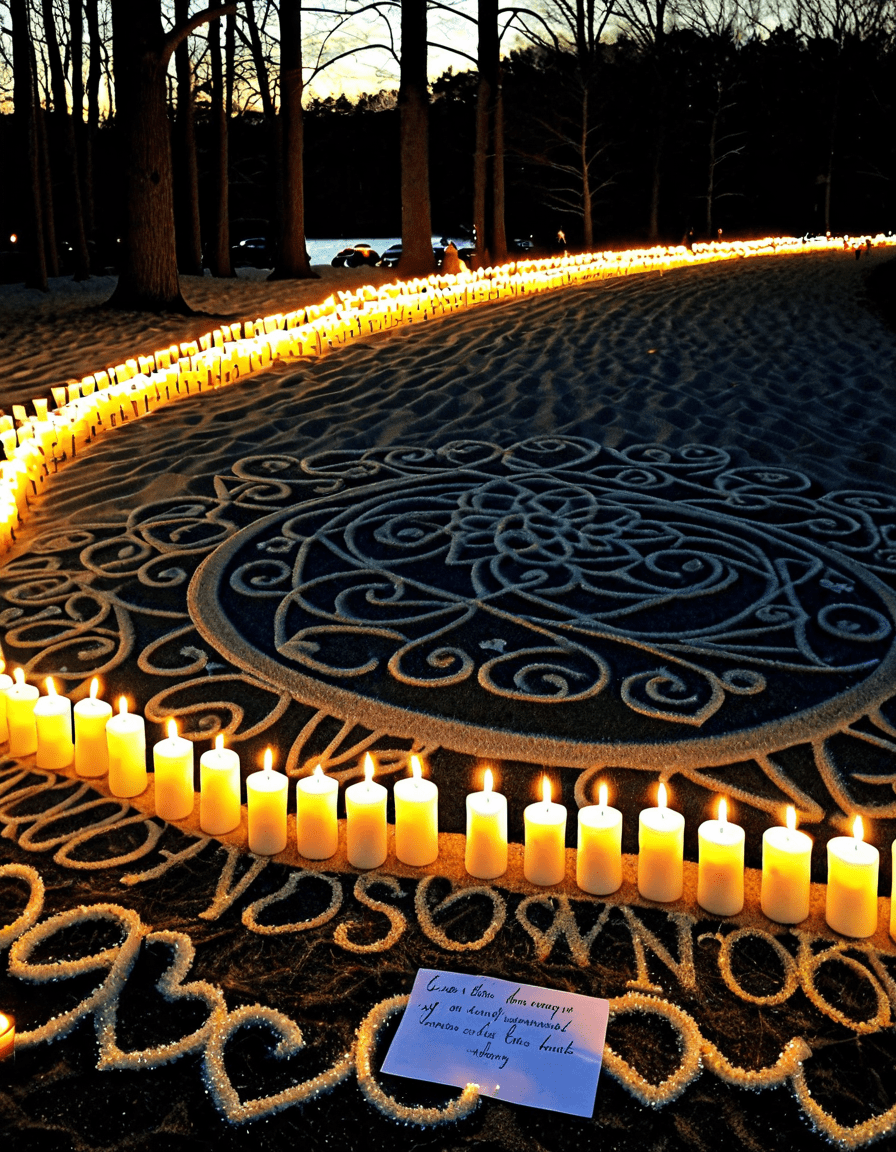
1.1 The National Response
In the wake of the Sandy Hook shooting, heartfelt memorials and vigils united communities across America. Monuments sprang up, and people embraced one another, sharing in collective sorrow. Aside from the grassroots movements that surged, the public demanded accountability and change from lawmakers. Advocacy groups turned their energies into campaigns, emphasizing that action was not only necessary but also long overdue.
President Obama, while visibly shaken, addressed the nation, stating, “We can’t tolerate this anymore.” His words resonated widely, signaling the hunger for change among Americans. As a result, organizations like Everytown for Gun Safety sprang up, focusing on creating safer environments and pushing for legislative changes to prevent similar tragedies.
The immediate aftermath of Sandy Hook wasn’t just sorrow—it was a call to arms for a more secure future. People from all walks of life, including activists and ordinary citizens, rallied under a common cause: to make schools safer and protect children from the haunting specter of gun violence.
2. Lessons from Sandy Hook: 7 Changes in American Society
The Sandy Hook tragedy brought about significant changes in American society, spilling over into various aspects of life. Here’s a closer look at seven areas transformed by the fallout from this heartbreaking event:
2.1 Heightened Awareness of Gun Violence
Following the Sandy Hook shooting, awareness about gun violence skyrocketed. Schools across the nation re-evaluated their safety protocols, prioritizing measures that aim to prevent similar incidents. Students and educators geared up for more comprehensive training and developed mental health initiatives meant to address and curb the roots of violence.
These safety protocols are not just power-point presentations used for drills; they’ve been integrated into school culture. Students now participate in active shooter drills, learning vital response strategies. The overall goal is to prepare Them for the unimaginable while fostering a sense of communal protection.
Across America, discussions about gun violence found their way into classrooms, living rooms, and even workplaces, signaling a societal shift that prioritized safety above all else. The influence of Sandy Hook continues to educate generations about the realities and repercussions of gun violence.
2.2 Child Safety Advocacy, Including Dyan Cannon’s Role
Among those who rose in advocacy post-Sandy Hook is actress Dyan Cannon, a surprising yet staunch supporter of child safety in schools. Using her celebrity status, Cannon has tirelessly emphasized the critical importance of creating safe learning environments for children. She’s worked closely with policymakers, urging them to prioritize youth welfare and implement proactive measures against gun violence.
Cannon’s work transcends acting, as she speaks out at various events, drawing attention to children’s safety. Her voice adds a significant layer to the narrative surrounding school safety, showing that advocacy can come from all corners. With her influence and commitment, she has inspired many to take up the mantle of child safety.
The rallying cry for child safety has expanded beyond just Sandy Hook; communities are now more attuned to the needs of their children. Together, celebrities, lawmakers, and citizens are all working hand-in-hand for a common cause: ensuring kids can learn and play without fear.
2.3 Rise of Alternative Retail Spaces
In a vibrant display of community resilience, the Florida mall became a central hub for fundraising events aimed at helping Sandy Hook victims’ families. Retailers and community members came together, showcasing how spaces traditionally designed to generate profit can also be platforms for social change. Fundraisers, awareness campaigns, and rallies to support gun reform flourished in these settings.
The mall’s efforts weren’t just about raising funds; they brought awareness to the discussions growing around gun safety and education. Through organized events, they became a beacon of hope, illustrating that collective action can emerge even in the unlikeliest environments.
These alternative retail spaces now serve a dual purpose—supporting commerce while fostering a strong sense of community and advocacy. They became places where people gathered—not just to shop, but to discuss, educate, and mobilize around the cause of gun safety.
2.4 Legislative Shifts in Gun Control Laws
In the years following Sandy Hook, numerous states stepped up with stricter gun regulations. New York and California emerged as leaders in this newfound legislative drive, enacting measures like universal background checks and restrictions on high-capacity magazines. These changes underscore the power of grassroots movements, reflecting how public outcry can result in tangible policy reform.
Gun control, once seen as a divisive issue, gained new momentum as communities saw tangible proof that change is possible. Advocates paved the way for discussions unclouded by fear. The call for stricter laws became a rallying point, urging lawmakers to listen to constituents who demanded safety over the status quo.
The mixed patchwork of state laws illustrates how the legacy of Sandy Hook will continue to shape gun legislation for years to come. As amendments and new rules take root, the landscape of gun ownership in America is continuously evolving.
2.5 Mental Health Initiatives
Mental health care took center stage post-Sandy Hook, with schools and social services recognizing the need for holistic approaches to preventing violence. New programs aimed at early intervention have been introduced on campuses across the country, equipping students with resources to tackle emotional struggles before they escalate.
These mental health initiatives are crucial not just for the aftermath of incidents; they acknowledge the complexity of childhood experiences. Schools began implementing counseling services, peer-support groups, and training for teachers to identify warning signs among students, reinforcing emotional well-being as a core aspect of education.
As more young people face mental health challenges, the call for comprehensive support grows louder. The foundation laid by the Sandy Hook tragedy has yielded a more compassionate and systematic approach to addressing mental health in American schools.
2.6 The Role of Media in Reporting Gun Violence
After Sandy Hook, media outlets faced intense scrutiny regarding how they report mass shootings. Ethical discussions led to many outlets adopting a “no-name” policy, where shooters’ identities are downplayed while focusing on the victims. This shift aims to show respect for those lost while preventing the perpetuation of sensationalism.
These discussions have created a ripple effect in journalism. News organizations are stepping back, reevaluating their roles within society and how their reporting can either escalate issues or contribute to healing. As a result, there’s a conscious effort to humanize the victims and foster discussions on systemic change.
The responsibility to shape narratives is becoming clearer as media influences how the public perceives gun violence. By committing to a more sensitive and serious approach, journalists can play a part in a wide range of reform efforts.
2.7 Hughes Fire Incident as a Case Study
Just as Sandy Hook pushed communities to reevaluate safety, the Hughes Fire incident in California in 2020 highlighted the importance of disaster preparedness. Both tragedies forced localities to scrutinize their emergency response systems. While gun violence and wildfires might seem worlds apart, they share common threads—community resilience and the urgent need for robust policies.
The similarities between the Hughes Fire and the Sandy Hook incident extend beyond loss; they emphasize our collective responsibility in preventing chaos. Just as Sandy Hook galvanized changes around schooling and gun safety, the Hughes Fire sparked discussions about fire safety and community awareness.
Communities learned to adapt, transforming the experience into actionable insights. The lessons gleaned from these incidents emphasize that, regardless of the nature of tragedy, resilience and preparation remain integral components of a secure society.
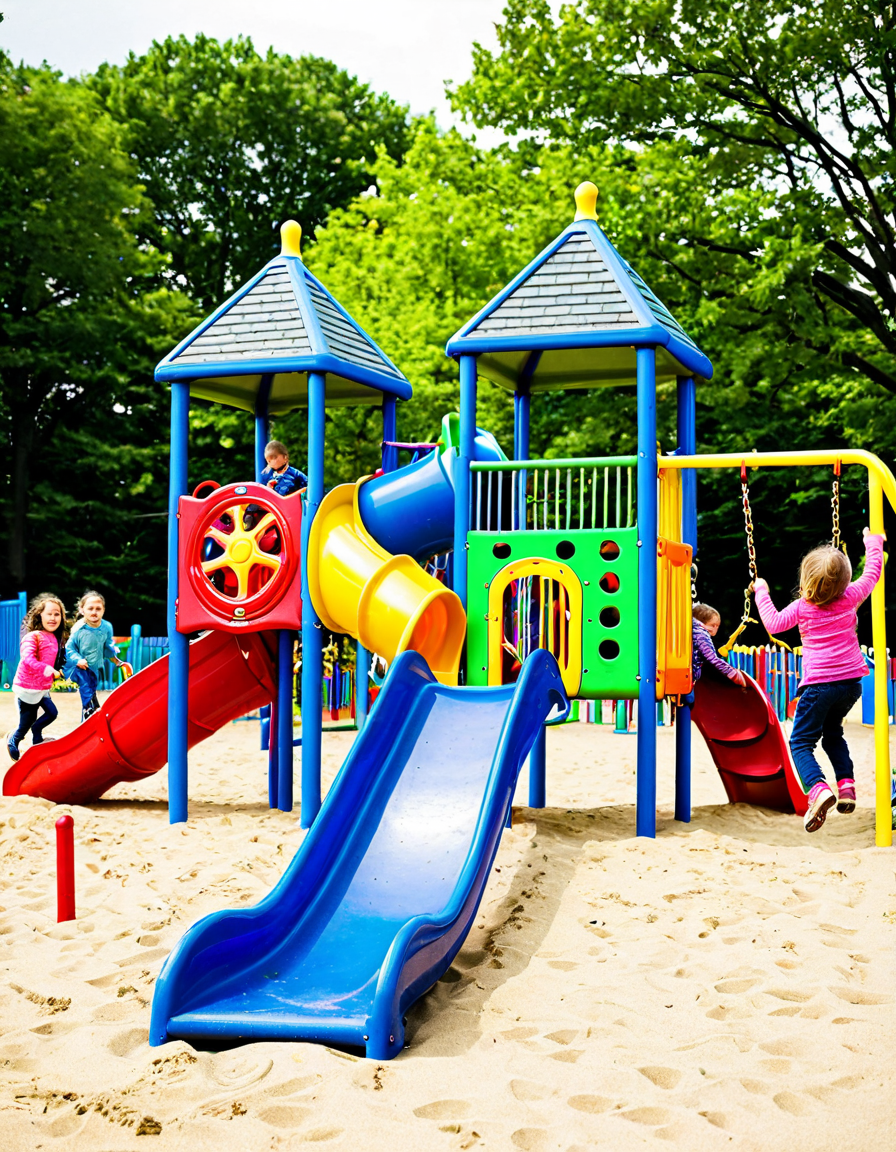
Resiliency and Continued Advocacy
The tragic legacy of Sandy Hook continues to dominate discussions surrounding gun violence, education, and mental health. Its impact reverberates through advocacy movements dedicated to fostering safe environments for children and communities alike. This saga isn’t one of despair; it’s one of resilience and a relentless drive to protect the most vulnerable.
Each year that passes means not just a remembrance of lives lost but a rallying point for advocates. As heart-wrenching as Sandy Hook remains, the collective response shapes a culture of advocacy that challenges policymakers and communities to rethink safety and governance.
In a country where the future should be filled with potential, every effort made pushes for an America where safety, particularly for its youngest members, becomes non-negotiable. The voices rising from the ashes of Sandy Hook demand change, driving America towards a safer tomorrow.
Sandy Hook: Trivia and Interesting Facts
The Legacy of Sandy Hook
The Sandy Hook tragedy, which took place on December 14, 2012, reshaped America’s discourse on gun control and school safety. Did you know that the event sparked a surge in activism? In the wake of the tragedy, numerous organizations rallied for gun reform, turning grief into a powerful movement aimed at preventing such events in the future. Not far from this profound change, figures like Beau Bridges have lent their voices during various campaigns, reminding us that every bit counts in the fight for safer communities. Even more surprisingly, some Hollywood stars, like Olivier Martinez, have taken up the cause, using their platforms to raise awareness and support.
Heartfelt Remembrance
One way to honor the victims of Sandy Hook has been through education and community support. Schools across the nation began to reevaluate their safety protocols, highlighting both emotional resilience and proactive planning. This movement mirrors the cultural shifts seen in entertainment, where series and performances celebrating diverse stories, such as those encapsulating Black Girl magic, push narratives of empowerment and healing. As life continues, stories like those found in the latest The Marvels Reviews remind us of the hope and inspiration stemming from even the darkest events.
Beyond Tragedy
But it’s not just about mourning; it’s also about innovation in safety measures. Community leaders now prioritize mental health initiatives, recognizing the importance of support systems in preventing violence. For example, budding talent from bands like Chase Atlantic are using their artistry to inspire messages of peace, reflecting broader cultural movements. Here, you’ve got a poignant intersection of art and activism, similar to how Anna Strouts storytelling captures complex human experiences, fostering understanding and resilience. And just as the insights from Abc 13 news elevate the conversation around safety, each person plays a role in the ongoing dialogue surrounding Sandy Hook’s legacy.
